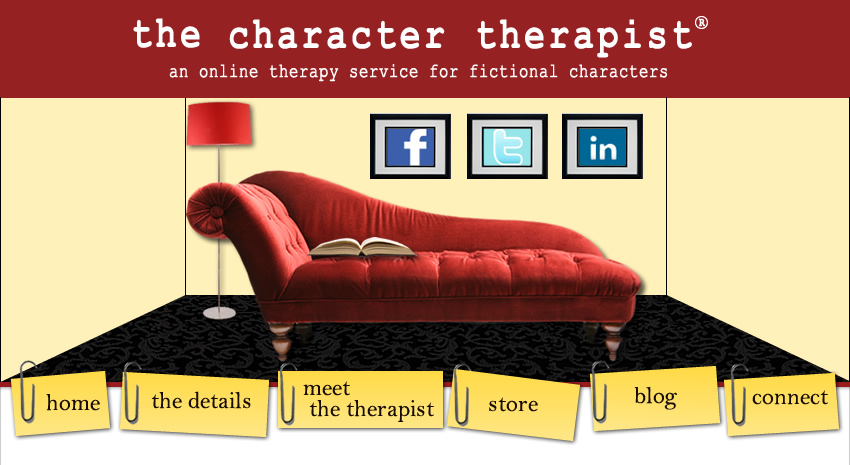What Is An Archetype?
For literary purposes, here's our definition:
archetype \ˈär-ki-ˌtīp\ (are-ka-type) a typical example of a person/character.
Derived from the Greek arche (beginning, origin) and type (pattern, model), the word literally means "first molded" or "first of its kind." Archetypes are universally understood across cultures. Carl Jung was the first to realize that stories were penned across the world, spanning past and present, that had characters with the same essence, and he called these archetypes.
Jung called an archetype "a universal and recurring image, pattern or motif representing a typical human experience." They evoke emotions and themes that the vast majority of people can relate to, and this gives them a psychological power writers for sure need to tap into.
Why Use Archetypes?
What can a writer expect to gain through better understanding archetypes? Archetypes are informative, telling a writer about the character's instincts, feelings, thoughts, values, and drives. It's what fuels his actions and motivates him.Uber important stuff.
The archetype is who the character is, his or her identity. It's their essence--and this never changes in a story. I like to think of an archetype as the bones of your character. Like scaffolding, or a framework. You never define a character's archetype by their actions, because any archetype can perform any action. The defining question to determine archetype will always by WHY you character does what s/he does.
Most characters will have several archetypes at play within themselves, but usually one will emerge primary and dominate the others more often than not.
Where Can You Find Out More About Archetypes?
Here's a few books for your library you might want to grab on the subject:The Archetypes and The Collective Unconscious
Archetypes
The Hero and the Outlaw
The Complete Writer's Guide to Heroes and Heroines
The Hero with a Thousand Faces
45 Master Characters
As a result, there are several variations of lists of archetypes, ranging from 7 types to 70+ (no joke). It seems that several versions use 12 primary types, and those will be the ones I'll expound on in future posts.







